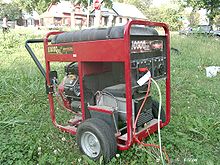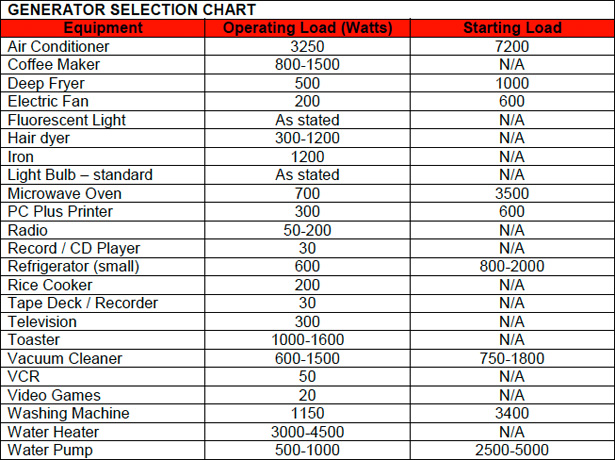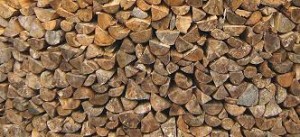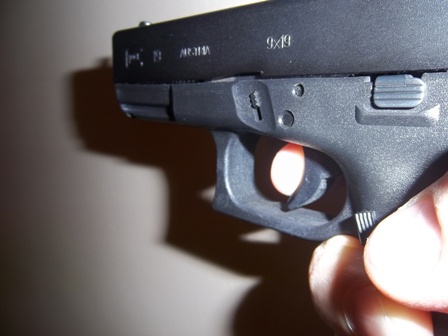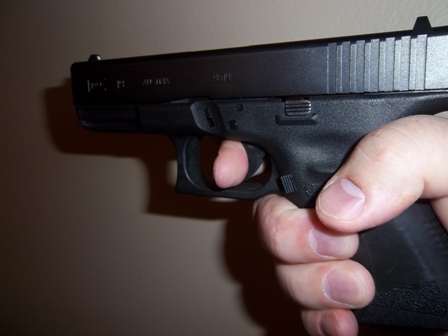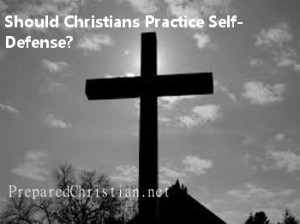I think many of us remember post 9-11 when word was put out about duct tape and plastic. We were to use this to seal our homes air tight in case of a biological or chemical event. I was among the many people who scoffed at this idea. That is until recently. I was doing some research on an article about sheltering in place and found the Frequently Asked Questions at Ready.Gov. I read a bit and made the comment to my wife that, “this is one of the occasions when we would bug out.” She said something along the lines of “What if someone can’t? What if their only option is to stay put?”
She hit the nail on the head. While sheltering in place during a chemical event is not my first option (or I am sure yours), what if the need arouse and it was the only option? This will be a quick article and will add another tool to the tool belt that I pray we never need to use.
Feel free to look at the Ready.Gov Frequently Asked Questions as I’ll just be hitting the high points. One possible reason that you would need to shelter in place is due to either an accidental or purposefully released chemical with the plume nearby or heading toward your area. For incidents such as this the DHS recommends having plastic sheeting and duct tape to seal off a room to further limit the airflow from outside and give added protection.
What should you use?
DHS doesn’t have any brand preference, but recommends duct tape that is 10mil thick and plastic sheeting at is 4-6mil thick.
Which Room?
DHS recommends the bathroom as it often only has one door and no windows and gives access to, well the bathroom. Might not be a solid plan for an entire family, so pick a room that has the least amount of access to the outside from doors, windows, fans and vents.
What Should You Do With It?
First turn off the heat or air conditioning. This will further limit the amount of outside air that gets in. DHS recommends having pre-cut sheets of plastic that measure 6” bigger than the area you’re trying to cover. As you can see in this picture, completely cover all doors, windows, fans and vents.

How long can a family stay in a sealed room? Will we run out of air to breathe?
DHS recommends that individuals allow ten square feet of floor space per person in order to provide sufficient air to prevent carbon dioxide build up for up to 5 hours assuming a normal breathing rate while resting.
Many chemical releases would be diluted within a few hours, so the direction to shelter-in-place would likely be made for a short time period while a chemical cloud dissipates.
Final thoughts:
I still don’t think this plan is a great one and I’ll only use it as a last resort, but now I know what to do and have the room picked out should we be forced to use this option.
Please click here to vote for Prepared Christian as a top Prepper site!
If you liked this article please think about sharing it on the social media listed below, thanks!



